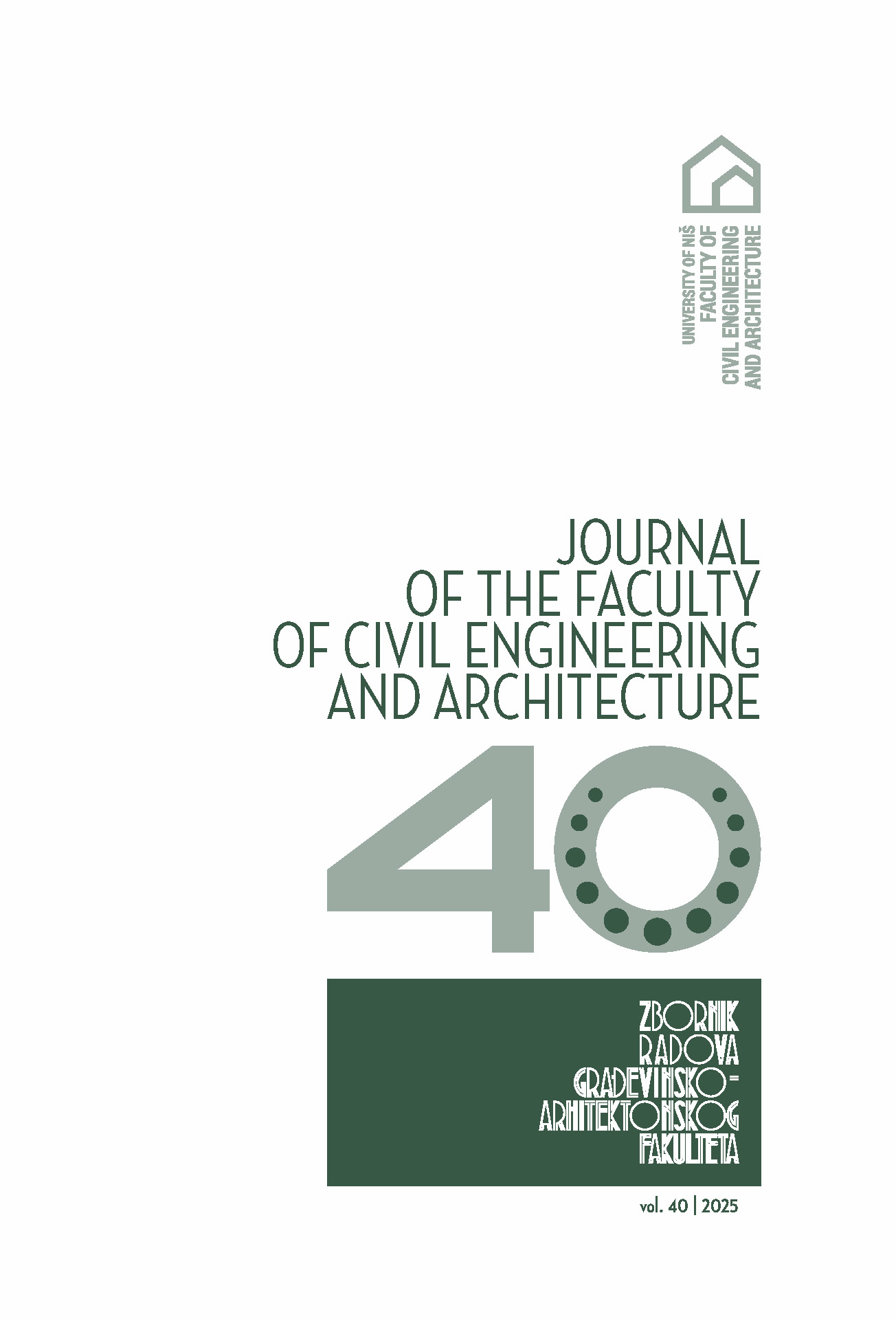University of Chieti-Pescara , Chieti , Italy
University of Nis , Niš , Serbia
University of Nis , Niš , Serbia
University of Nis , Niš , Serbia
The significance of trade as a public function has strengthened alongside the progress of civilization. In contemporary cities, within the context of an expanding market economy, large-format shopping centers have assumed primacy. Their emergence is regarded as a culmination of human consumer behavior and one of the pivotal shifts in the organization of urban space. Shopping centers are evolving to incorporate a broader range of diverse functions, becoming gathering places and venues where spare time is spent. Consequently, they are no longer perceived solely as spaces for sales, but as places of consumption where trade and leisure intertwine.
The primary objective of the research is to examine current tendencies and strategies in the field of architectural design of shopping centers, as well as to explore successful design methodologies. The research commences with an elaboration of the fundamental characteristics of the modern shopping center. In the next part of the research, various types of shopping centers are analyzed using relevant case studies drawn from both international and domestic architectural practices.

The statements, opinions and data contained in the journal are solely those of the individual authors and contributors and not of the publisher and the editor(s). We stay neutral with regard to jurisdictional claims in published maps and institutional affiliations.